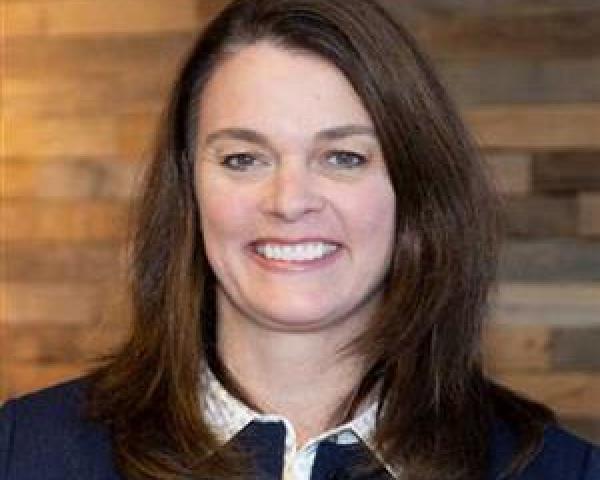Many agents see technology as a threat. Several years ago, when hundreds of millions of dollars began to flow into insurtech companies, the promise these startups made was that they would disrupt the insurance industry. The rise of online insurance distribution firms, with steadily increasing capabilities, has added to the anxiety of insurance agents.
But as the years go by, what we’ve seen is technology that, while it may be disruptive, holds the promise of reducing the drudgery of agents’ lives. It can do this by eliminating the need for manual data gathering, creation of applications, coverage analysis, policy marketing and proposal preparation. The technology promises to free agents to spend more time with clients and prospects, allowing them to broaden and deepen their relationships, which is the most important and highest-value activity of the professional agent of the future.
The AI Promise
If one steps back from all of the tasks performed by agents today, data gathering, manipulation and presentation take up a large percentage of the time. All of these tasks can and will be performed more efficiently by artificial intelligence (AI).
Peter Diamandis, the author of “Abundance: The Future Is Better Than You Think,” says that not only will everything will be knowable in the very near future, but artificial intelligence will be able to retrieve it and organize it for us instantaneously. While this seems fantastic to some, it's already taking place. Many insurance companies, for example, are already purchasing third party data for all or most of the underwriting information they need to make coverage and pricing decisions and then using this data to make those decisions in real time.
One of the largest commercial carriers has been demonstrating the capabilities of AI to eliminate agent’s work by quoting business owner policies (BOPs) with nothing more than an address. While this capability is nascent, it will be expanding dramatically in the next few years. In personal lines, Plymouth Rock Insurance has demonstrated its ability to underwrite, price, sell and deliver homeowners insurance with a lower-than-average loss ratio with nothing more than an address. These kinds of capabilities are being developed now and will rapidly reduce the time agents must spend on these and similar activities in the near future. And they won’t be limited to simple accounts; they’ll also extend to the most complex middle market and large accounts, as well.
See also: The Future of Blockchain Series
AI for agents will be able to collaborate with these smart underwriting systems and do much of the now laborious analysis required on differing policy options. When clients need service, or claims assistance, agency automated technology will handle the details. While some capabilities in these areas are already available. we will look back in the coming decade and think today’s technology is like the Model T when compared with the Dreamliner in speed and ease of use.
With these capabilities coming soon, what will the role of the agent of the future be? I believe it will be to develop real relationships with clients that go beyond the superficial to a true understanding of the needs, wants, aspirations and fears that an individual organization or person experiences. With that knowledge, agents will be able to tailor coverage solutions in a way that is much more intimate than is possible today.
No More Free Pass
Until now, clients have largely given insurance agencies and agents a pass on the customer experience they are now demanding from other businesses. This isn't going to continue. The average person's routine experience offers customized recommendations based on detailed knowledge and an understanding of their other interests. While this has been fairly simple in the beginning, like suggesting additional products based on purchase history, it is evolving rapidly.
What people experience in other areas of their lives necessarily informs their expectation in others. For example, Amazon and other online merchants are now able to automatically deliver things as mundane as toilet paper to a consumer before he or she knows she needs it. Soon enough, that toilet paper will not only be delivered before it's needed, but changes in brand, quality, quantity and other factors will be done automatically on behalf of the consumer because the vendor’s AI will know before the customer does what they really want or need.
When agents marry this type of technology to the unique human communication that will remain necessary for complex purchases like risk transfer, the future will be much different.
Some are concerned that technology will enable businesses and consumers to bypass agents and make insurance purchase and placement decisions on the basis of their artificial intelligence alone. I don't think this is likely. It's true that properly programmed algorithms can sort and analyze data far faster than any human. But it is only the human who can look into the eyes of another human being, judge the voice tonality, body language and dozens of other nonfactual and nonverbal cues that create and power true communication. When the agent is freed from the drudgery of data analysis and manipulation, she can focus increasingly on the human aspect of serving clients. And she will be able to do so faster, better and more deeply.
This marrying of technology and human capability will serve to increase opportunity at the same time that it lowers costs. While this future isn't here yet, it is close, so agents need to begin to prepare now to remain competitive in the future. The first step is to maximize their existing data gathering and analysis capabilities and leverage existing technologies to the greatest extent possible. The beginning point for that is the commonplace agency management system. Automating every agency process possible with current technology will prepare the forward-thinking agent well for what is coming soon.
Beyond the Transaction
The other focus for agents is behavioral. Even in middle market and larger accounts, selling insurance has become largely transactional, particularly in new business situations. Agents all too often allow themselves to be placed in the trap of providing apples-to-apples replacement comparisons. These behaviors serve neither the agent nor the client well. One has only to look at the real, genuine confusion on the part of the business community regarding business interruption policies that did not provide coverage for coronavirus-related losses to demonstrate the result of quoting a standardized set of coverages, instead of focusing on communication about coverage needs and solutions. The agent who ends the process of allowing herself to be treated as a commodity is the agent who has begun to prepare for an effective and prosperous future.
See also: The Future of Underwriting
As agents are freed up by technology, they will have the time required to delve deeply into their client’s greatest concerns. They will have virtually limitless ways to provide coverage powered by artificial intelligence. And they will have the well-earned trust of their clients because of the deepened relationships that time and technology have empowered.































